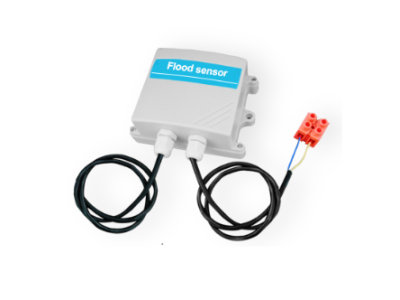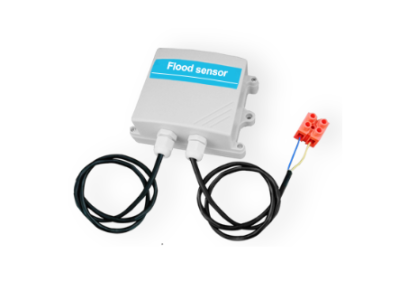Water is a vital resource for all living organisms, and its quality is of utmost importance for human health and the environment. Water quality monitoring plays a crucial role in ensuring the safety and sustainability of water bodies. One essential tool used for this purpose is water quality monitoring stations. In this article, we will explore the role of water quality monitoring stations, their significance in maintaining water quality, and how they contribute to environmental protection.
Continuous Monitoring:

Water quality monitoring stations are designed to collect and analyze data on various parameters that determine the quality of water. These parameters may include pH levels, dissolved oxygen, conductivity, temperature, turbidity, and nutrient levels. Monitoring stations help ensure that water quality is continuously monitored, providing accurate and up-to-date information about the state of the water body.
By continuously monitoring water quality, monitoring stations can detect any changes or deviations from baseline levels. This early detection is crucial for identifying potential pollution sources or environmental stressors that may impact the water body. With the help of monitoring stations, authorities and environmental agencies can take timely action to address these issues, prevent further contamination, and protect the ecosystem.
2. Compliance with Regulatory Requirements:
Water quality monitoring stations play a vital role in ensuring compliance with regulatory standards and guidelines. Governments and regulatory bodies set specific quality standards for different water bodies to protect human health and aquatic ecosystems. Monitoring stations help monitor these parameters, allowing authorities to assess whether the water body meets the regulatory requirements.
Monitoring stations can generate data reports on water quality parameters, which can be used to assess compliance with environmental regulations. If any parameters fall outside the acceptable range, appropriate steps can be taken to rectify the situation and bring the water body back into compliance.
3. Identifying Pollution Sources:
One of the significant roles of water quality monitoring stations is to identify the sources of pollution in water bodies. Monitoring stations track changes in water quality parameters, which can help pinpoint the origin of pollution and contaminants. By analyzing data collected from multiple monitoring stations strategically placed throughout the water body, scientists and environmental agencies can trace the path of contaminants and identify potential polluters.
his information is crucial for implementing pollution control measures and holding responsible parties accountable. By identifying pollution sources, authorities can take legal action, enforce stricter regulations, or work with industries to implement cleaner production practices. The data collected from monitoring stations can serve as evidence in legal proceedings, strengthening environmental protection efforts.
4. Early Warning Systems:
Water quality monitoring stations can also act as early warning systems for potential water quality issues. By continuously monitoring water quality parameters, monitoring stations can detect and alert authorities to sudden changes or pollution events. This enables quick responses and appropriate measures to contain and mitigate the impact of the pollution.
For example, monitoring stations can detect the presence of harmful algal blooms or excessive nutrients in water bodies, which can lead to ecosystem degradation and water contamination. Early warning systems allow for immediate actions, such as issuing advisories or implementing mitigation strategies, to minimize the impact on human health and the environment.
5. Scientific Research and Analysis:
Water quality monitoring stations contribute significantly to scientific research and analysis. The data collected from these stations provides valuable insights into the dynamics of water bodies, the impacts of human activities, and the effectiveness of environmental management strategies.
Researchers can analyze long-term data sets to identify trends and patterns in water quality parameters. This information can help understand the effects of climate change, land-use practices, and pollution on water bodies. By studying the data, scientists can develop models and predictive tools to better manage and protect water resources.Conclusion:
Water quality monitoring stations play a vital role in safeguarding the quality and health of water bodies. By continuously monitoring water quality parameters, these stations provide critical information for environmental protection, pollution prevention, and regulatory compliance. They serve as early warning systems, help identify pollution sources, and contribute to scientific research and analysis. Investing in water quality monitoring stations is paramount to ensure the availability of clean and safe water for present and future generations.






